Transgender past centuries: the boys wore skirts to school
Categories: Children | Design and Architecture | Europe | Fashion | History | Society | World
By Pictolic https://pictolic.com/article/transgender-past-centuries-the-boys-wore-skirts-to-school.htmlIt turns out that transgender ideas were in the air and in the past centuries. Hundreds of years ago in old Europe, you wouldn't recognize you a boy or a girl. All children, regardless of gender, dressed in girl's dresses and shoes, and they wore long hair. Find out why European aristocrats are not sewn to the sons of his pants, and he wore them in the skirts of this material.
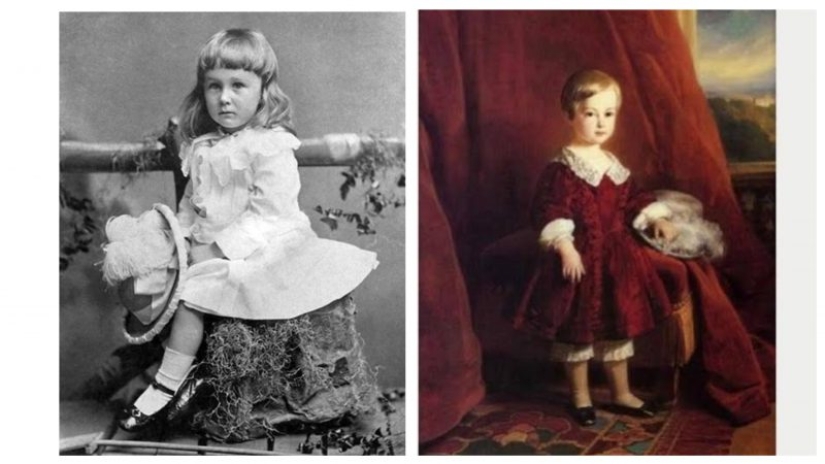 Even the richest people of the past centuries did not dress the boys in trousers or breeches to four years, if not longer. Some guys wore skirts, dresses and other girly "stuff" up to eight years.
Even the richest people of the past centuries did not dress the boys in trousers or breeches to four years, if not longer. Some guys wore skirts, dresses and other girly "stuff" up to eight years.
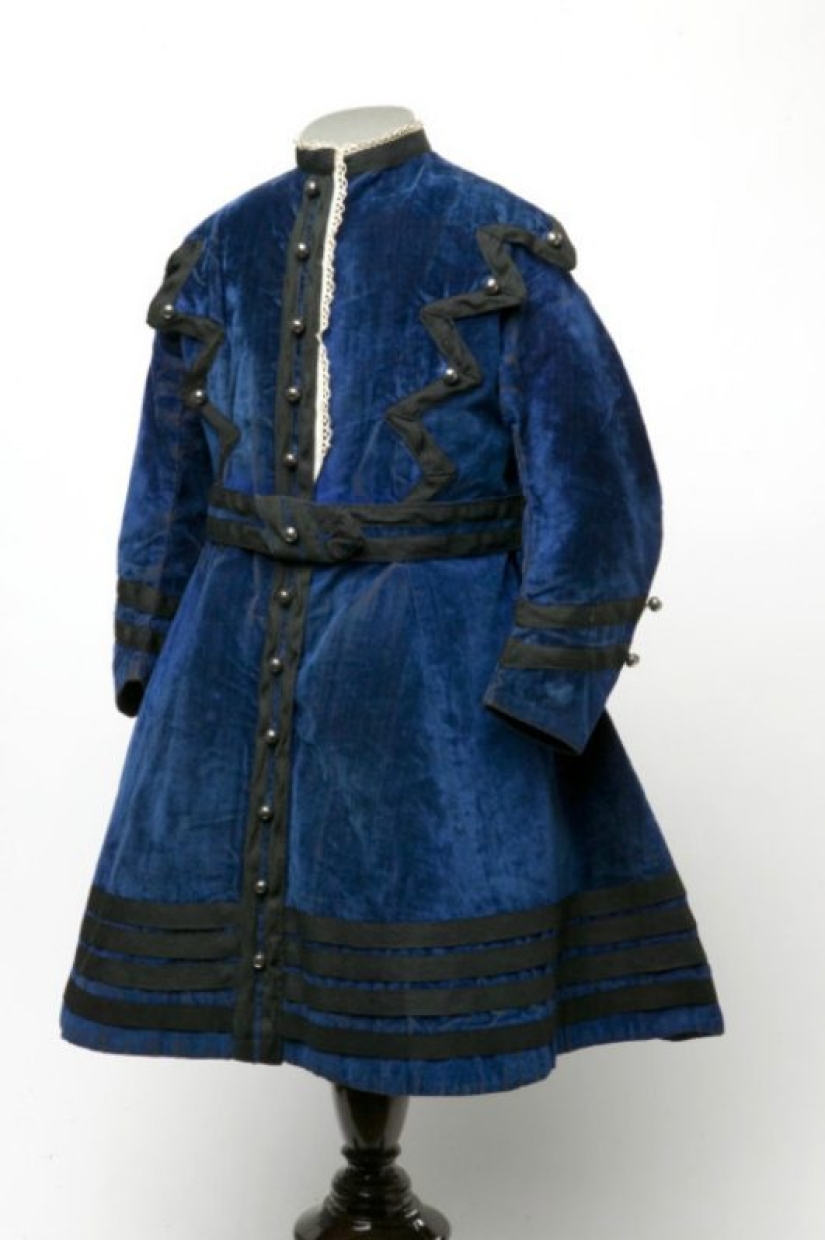
In those days, the boys wished for the day when they will be able to wear pants, eagerly. Pair of pants was a turning point in medieval life youngster, therefore, a significant event was celebrated in a big way and was called the ceremony of putting on breeches.
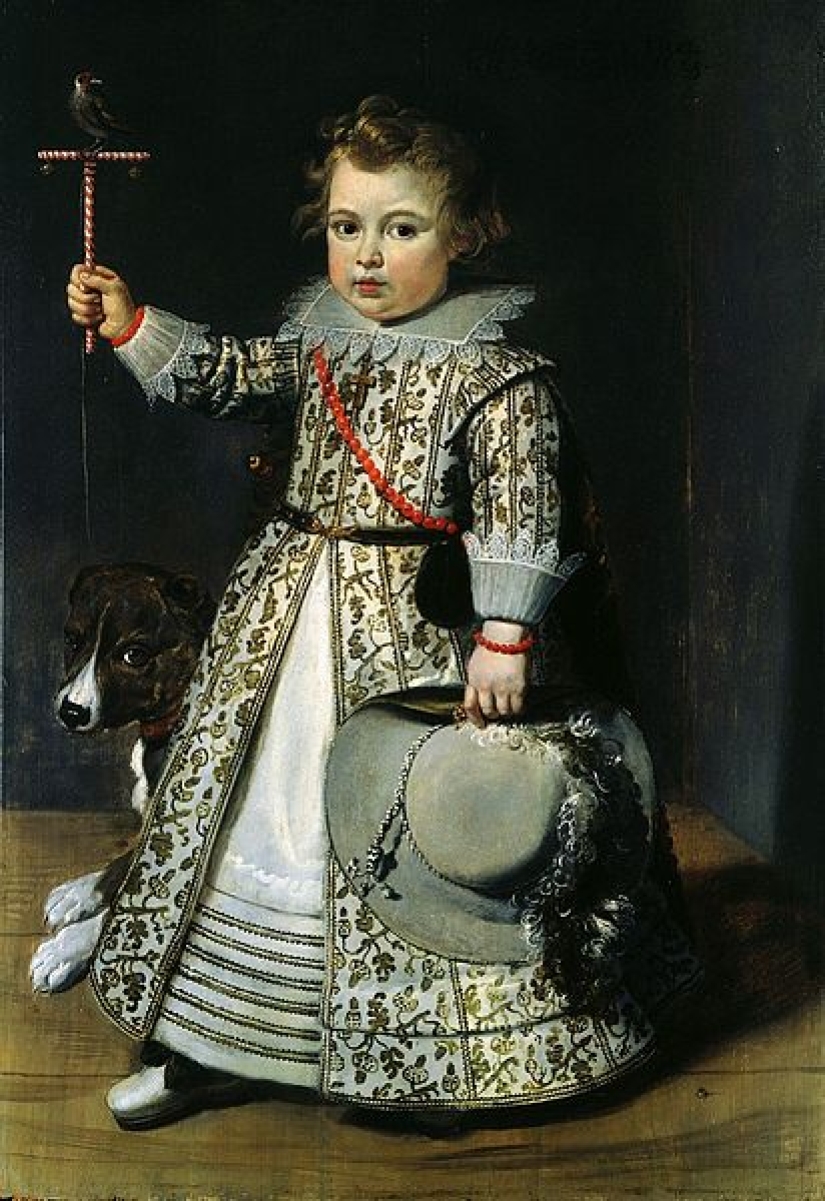 Flemish boy in a dress, 1625.
Flemish boy in a dress, 1625.
The practice of dressing boys in girls ' dresses started in Britain in the middle of the XVI century. The reason was purely practical: since diapers had not yet been invented, to change diapers, taking off your pants or breeches was quite difficult. So the mothers and nurses simplify your life and wore skirts of his son and pupils.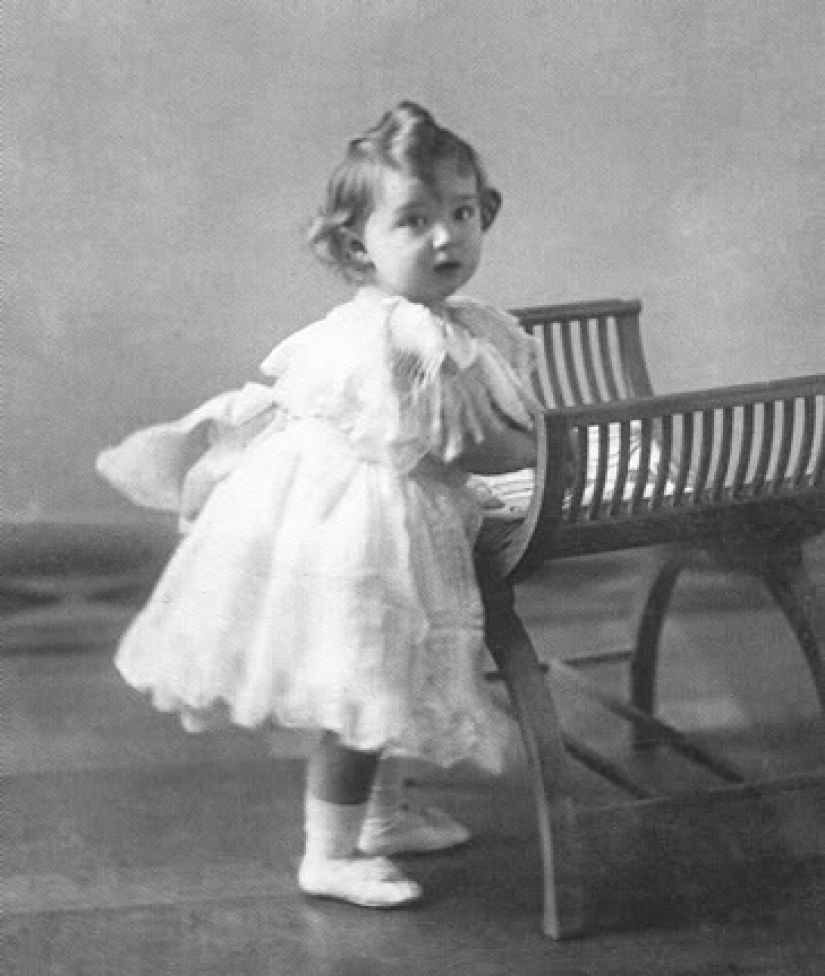 Tsarevich Alexei, 1855.
Tsarevich Alexei, 1855.
In addition, dresses, and tunics were spacious and children so quickly they grew. Clothing at the time and quite expensive, so the tradition was still economic background. Boys wearing skirts was spread among all classes of society, regardless of their status.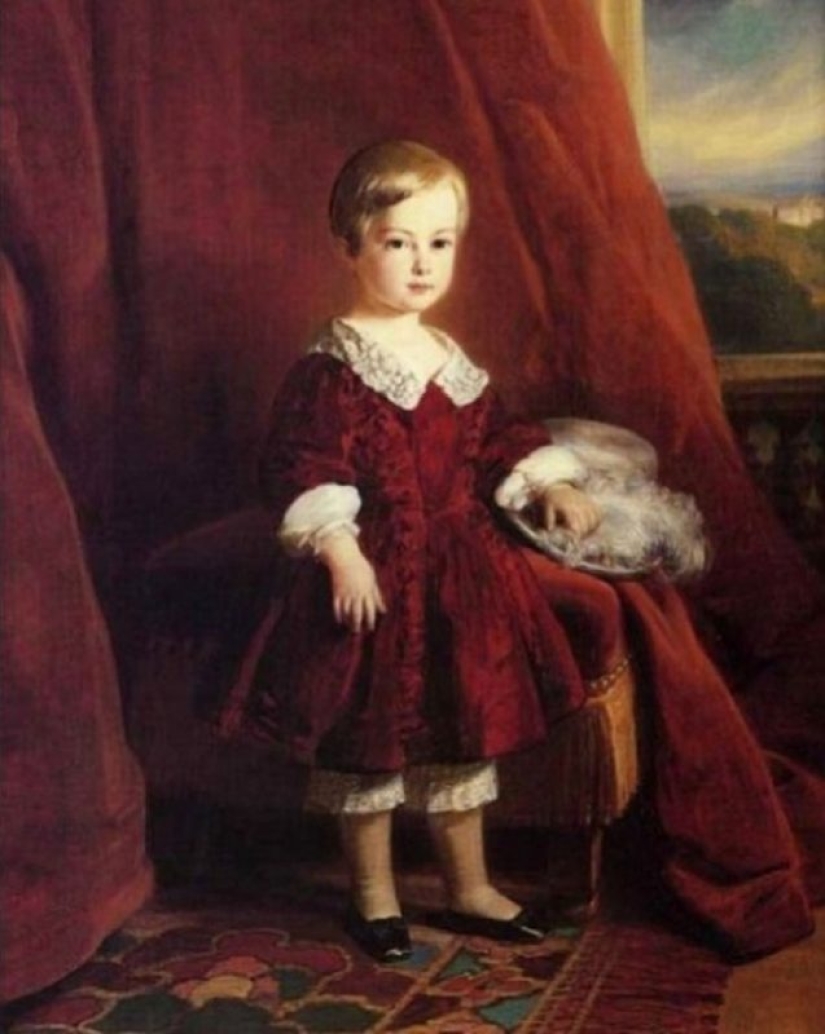 The French of Gaston Duke of Orleans.
The French of Gaston Duke of Orleans.
Aged 4 to 6 years old the boys began to wear pants. Event, when a child first wore breeches, turned into a celebration, to which were invited the relatives and friends of the family. For youngsters it was the first step into adulthood. For rich boys that meant that soon they will return to school, and for children of the working class — the onset of a difficult life in poverty and hardship.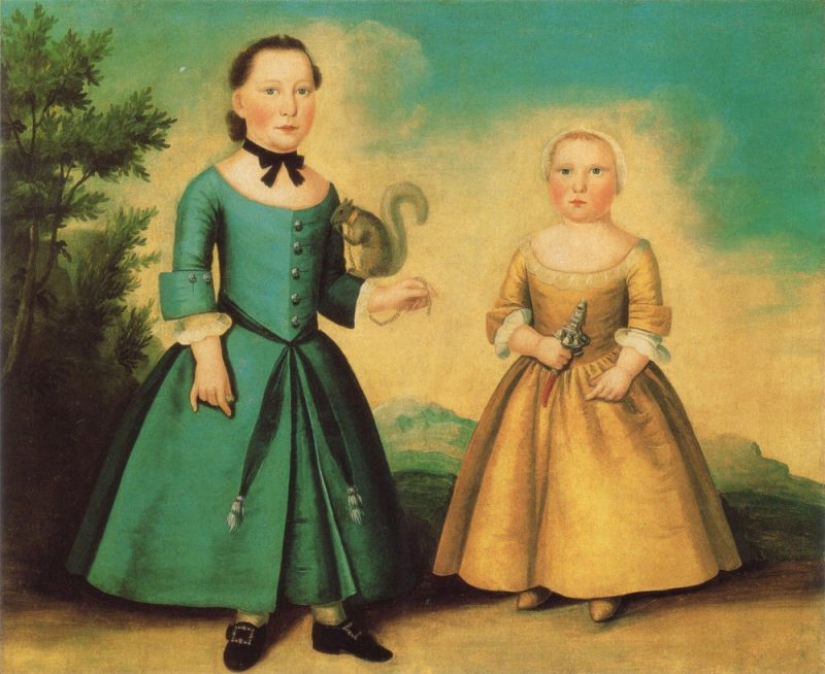 Portrait of two children left the boy with a squirrel, and beside him a girl. Picture of John Badger (John Badger), about 1755 — 1760.
Portrait of two children left the boy with a squirrel, and beside him a girl. Picture of John Badger (John Badger), about 1755 — 1760.
Since the boys wore breeches, they started acting like an adult. From the shadow of her mother's skirt youths saw the light of men. Therefore, some of the mothers were afraid to dress the child in his pants right up to 7 — 8 years.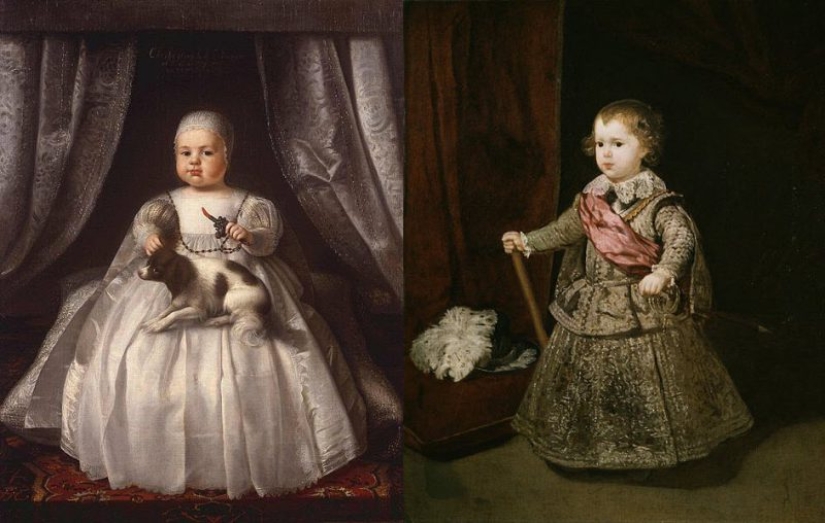 On the left, the young king of England Charles II. Right — Velasquez, the eldest son of the Spanish king Philip IV.
On the left, the young king of England Charles II. Right — Velasquez, the eldest son of the Spanish king Philip IV.
In the late eighteenth century, society began to pay special attention to the important part of life — childhood. A new philosophy made fresh trends in fashion: the boys finally started to sew trousers and short jackets, and kids — a Onesie. But dresses for boys did not come back. Tunic knee-length white trousers downstairs was very popular among girls, and among boys in the early nineteenth century.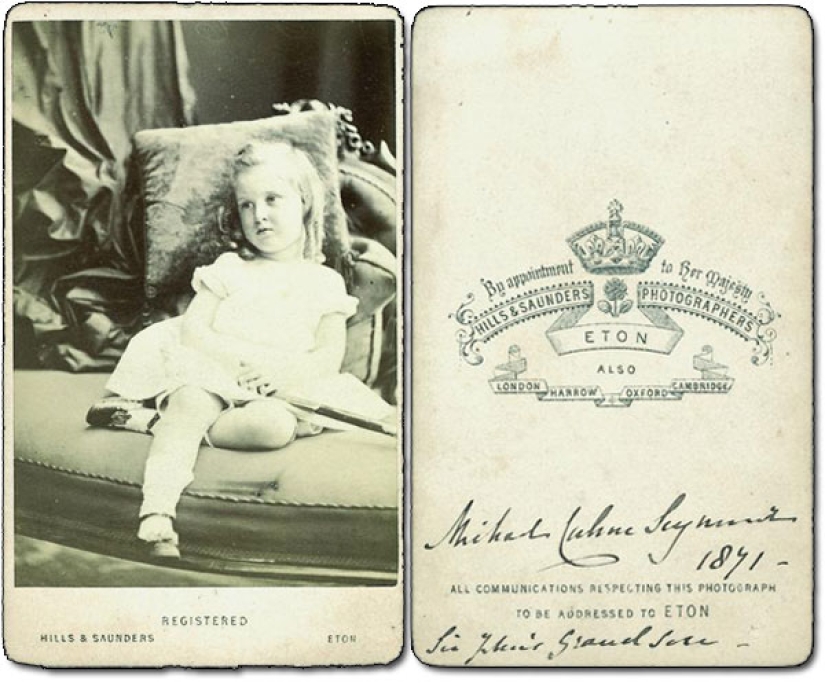 Boy of the Victorian era in a dress.
Boy of the Victorian era in a dress.
This continued until the end of the First World war. Progressive twentieth century divided as a society, and gender characteristics of the kids. The parents began to dress the boys pants, shorts and t-shirts.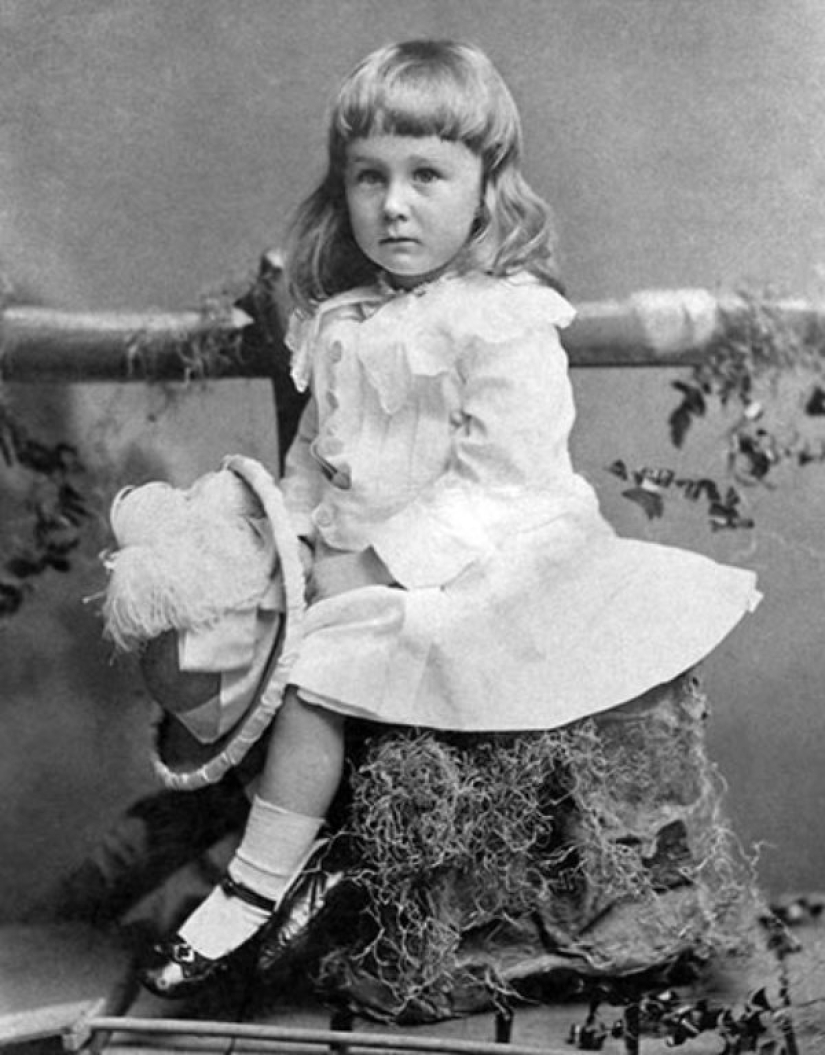 Picture of Franklin Delano Roosevelt at the age of 2.5 years, approximately 1884.
Picture of Franklin Delano Roosevelt at the age of 2.5 years, approximately 1884.
It seems that with the advent of the XXI century old tradition resume: progressive boys call themselves and girls like to wear dresses, and girls are not far behind, dressing in men's trousers and shirts. History is cyclical, and rightly so.
Keywords: 18th century | 19th century | Boys | Clothes | Dress | Tradition | Pants | Skirt
Post News ArticleRecent articles

Straws are such a commonplace item that we rarely think about their origins. It seems they've always been around: in cocktails, ...

In the Victorian era Britain was quickly urbanized. By 1851 it became the first country lived in cities of more people than in the ...
Related articles

What did the petty criminals of the XIX century look like? We offer you a look at the faces of English prisoners held in a penal ...

In the days before movies, people had fun in other ways. For example, we went to the circus to admire those who were born different ...

The Japanese allowed foreigners to trade in the ports of the country only in the middle of the XIX century. It was then that ...

Every day we face some trouble. The technique is slow, when you need something rushed, all traffic lights you come across on the ...